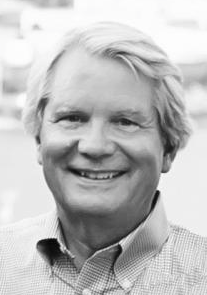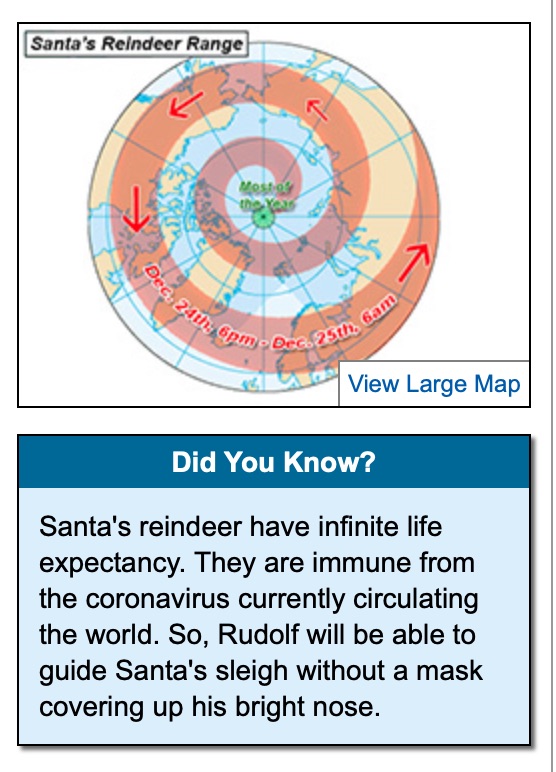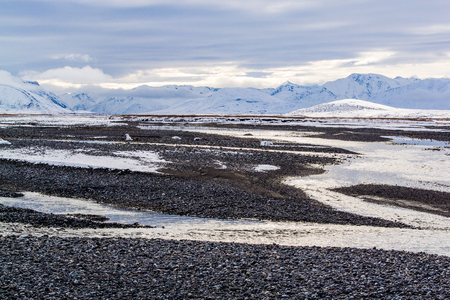Jan. 1, 2021: New Years Day, a Friday.
Jan. 3, 2021: U.S. House and U.S. Senate expected to convene at noon as specified in the Constitution; it falls on a Sunday. New members sworn in.
Jan. 6, 2021: The House and Senate will meet in Joint Session to count the votes of the Electoral College, the final step in the U.S. presidential election.
Jan. 6, 2021: Arctic National Wildlife Refuge coastal plain oil and gas lease sale.
Jan. 8, 2021: First prefile release of bills for Alaska Legislature.
Jan. 15, 2021: Second prefile release of bills for Alaska Legislature.
Jan. 15, 2021: Filing for Office for the April 6, 2021 Anchorage regular municipal election opens that Friday at 8 a.m. and closes on Friday, Jan. 29, 2021, at 5 pm.
Jan. 18, 2021: Martin Luther King Day.
Jan. 19, 2021: First day of Alaska Legislature.
Jan. 20, 2021: Inauguration Day for the president, vice president.
Jan. 21, 2021: Most likely day for State of the State Address, Gov. Mike Dunleavy.
Feb. 7, 2021: Super Bowl, in Tampa, Florida.
Feb. 14, 2021: Valentines Day.
Feb. 15, 2021: Presidents Day.
Feb. 1- Feb. 28, 2021: Expected date of the State of the Union Address.
Feb. 16, 2021: Fat Tuesday.
Feb. 17, 2021: Ash Wednesday.
March 6, 2021: Iditarod race.
March 14, 2021: Daylight Savings Time.
March 15, 2021: Ballot packages will be mailed to qualified Anchorage voters for Anchorage Municipal Election.
March 27, 2021: Passover.
March 29, 2021: Seward’s Day.
March 31, 2021: Deadline to apply for 2021 Permanent Fund dividend.
April 2, 2021: Good Friday.
April 4, 2021: Easter Sunday.
April 6, 2021: Anchorage Election closes.
April 15, 2021: Tax Day, falls on a Thursday.
April 18, 2021: Last day of Alaska Legislature’s 90-day session by statute.
May 9, 2021: Mother’s Day, a Sunday.
May 19, 2021: 121st day of Alaska Legislature regular session, by constitution.
May 31, 2021: Memorial Day, a Monday.
June 20, 2021: Father’s Day, a Sunday.
July 4, 2021: Independence Day, Sunday; observed Monday, July 5 for government day off.
July 31, 2021: Ted Stevens Day.
Aug. 26, 2021: Alaska State Fair begins, ends on Sept. 6.
Sept. 6, 2021: Labor Day, a Monday.
Sept. 6-7, 2021: Rosh Hashanah.
Sept. 13, 2021: Yom Kippur.
Oct. 15, 2021: Local, municipal, borough, school board elections in most communities in Alaska, except Anchorage and Mat-Su Borough. First Tuesday in October.
Oct. 18, 2021: Alaska Day.
Nov. 7, 2021: Alaska Standard Time begins.
Nov. 11, 2021: Veterans Day, a Thursday.
Nov. 25, 2021: Thanksgiving, a Thursday.
Nov. 29, 2021: Hanukkah, through Dec. 6.
Dec. 24, 2021: Christmas Eve, a Friday.
Dec. 25, 2021: Christmas Day, a Saturday
Dec. 31, 2021: New Year’s Eve, a Friday.










